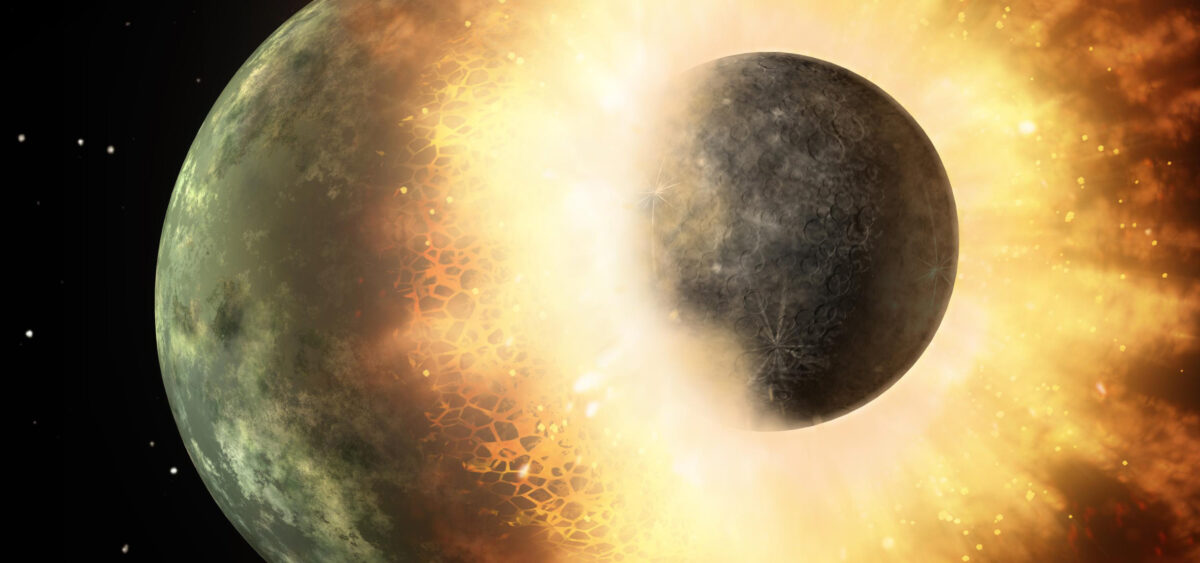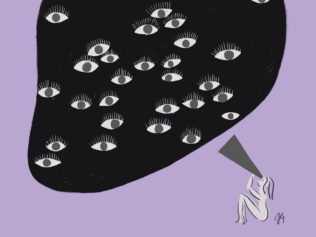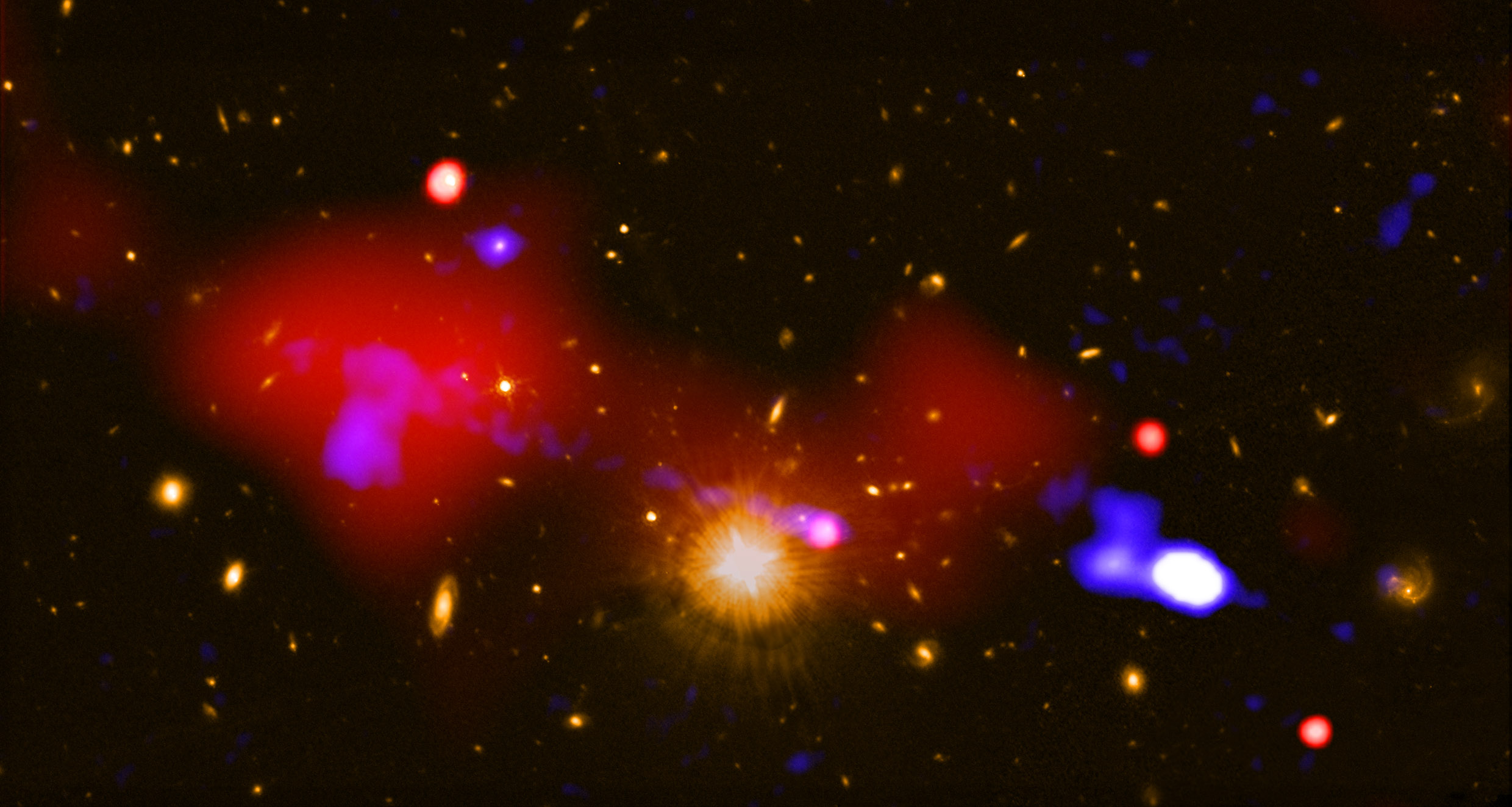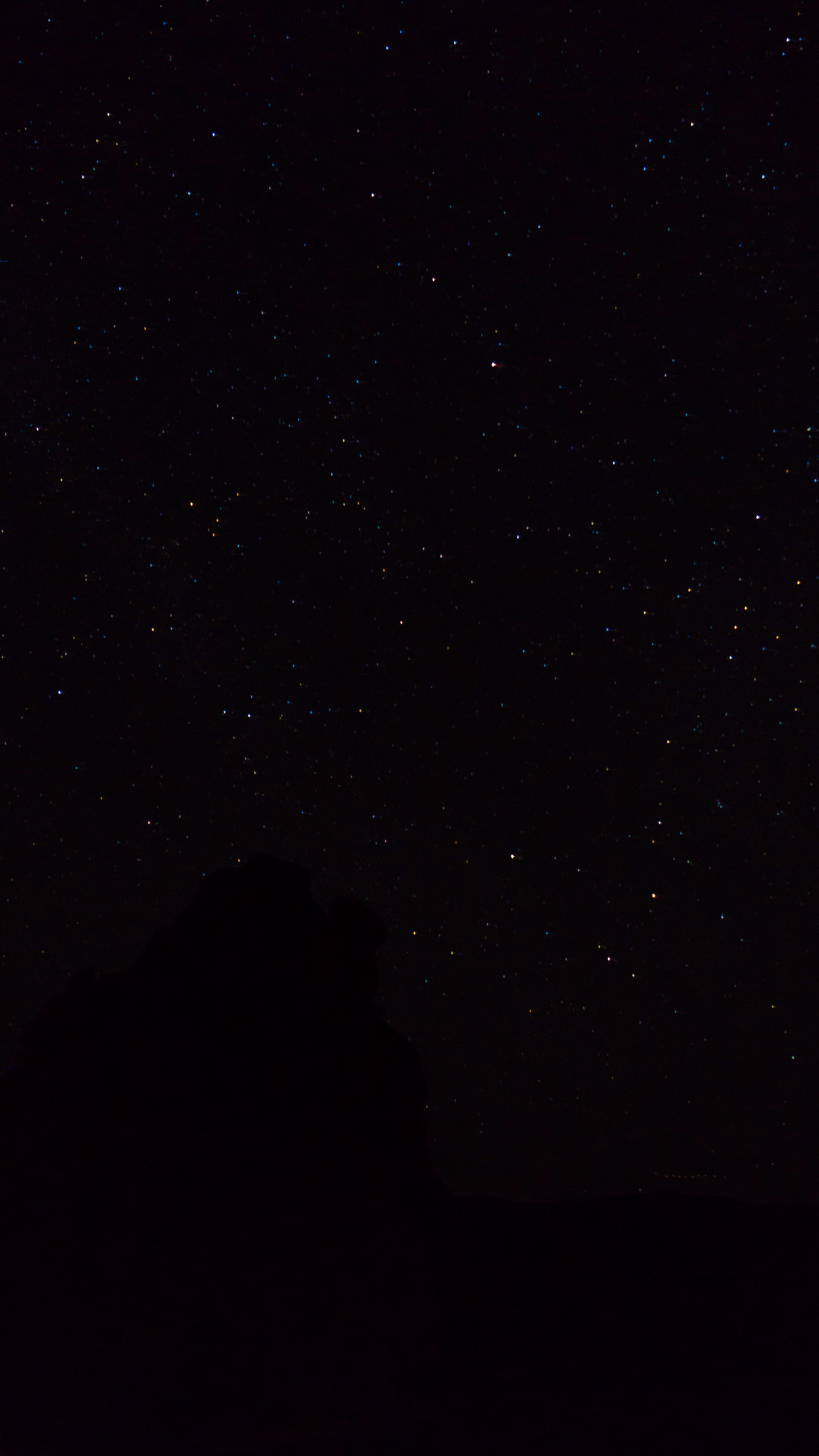
Drones and Drollery
The most recent report presented by the United States Department of Defense regarding unidentified flying objects can be summarized in one word: disappointment. American specialists decided that the majority of vehicles reportedly sent by alien civilizations are in fact Chinese drones, weather balloons, or even optical illusions.
This also concerns the incident known as GOFAST. Two pilots in F-18 fighter planes encountered a mysterious object over the Pacific; its speed and agility far exceeded that of the newest American aircraft. One of the pilots even confessed: “I want to fly one.” Closer investigation of the event has now made it possible to calculate that this wondrous machine was traveling at thirty miles per hour, and its swiftness and maneuverability were just an illusion. The pilot who spontaneously expressed his desire to “fly one” will need to reconsider the rash declaration.
The Department of Defense’s new report has not been made publicly available in its entirety—information about it was gleaned from anonymous interviews given by the department’s employees to The New York Times. Some of their statements seem disarmingly honest. The officials admit, for example, that China managed to steal blueprints for a cutting-edge American combat plane and now Chinese drones are trying to invigilate pilot training—hence some of the airmen’s alleged UFO encounters.
The authors of the report also claim that while not all the incidents have been explained, it is certain that none of them was an actual encounter with an extraterrestrial civilization. How can they be so sure? Well, the American government and its secret agencies feel justified in ruling out alien encounters precisely because the American government and its secret agencies are the aliens. This might sound bizarre, and to justify it we must go back to 1947. It was then—in New Mexico, near Roswell—that the army was testing prototypes of spy balloons, which were to detect vibrations caused by faraway explosions in the upper reaches of the atmosphere. This technology would enable the Americans to find out if and when the USSR managed to build a nuclear bomb. Soon it transpired that it would be easier to monitor these things by analyzing vibrations in the earth, not the air, and the programme was suspended. However, the silvery balloons had already aroused the imagination of locals and passers-by, as they floated around the area and crashed here and there. Army officials laconically informed the press that the mysterious objects were weather balloons, but nobody believed it. Incidentally, the army’s position was that rumors about the objects’ extraterrestrial origin were useful in helping keep the aim of the research program a secret. The whole affair was not completely declassified until the 1990s, but by then the theory about UFOs near Roswell had already gained a great number of believers: orthodox ones, ironic ones, and those in between.
Today, army officials would prefer their fellow Americans to be a bit less susceptible to disinformation. But the seed that they themselves sowed has already grown in the collective imagination into a tree so huge and magnificent that they probably won’t be able to uproot it.
Maybe that’s for the best: this tree also bore fruit in the shape of cartoonist Marek Raczkowski’s sketched aliens, and Poland would be much sadder without them.
Fast and Reliable
All it took was thirty-six hours for the moon to come into being, according to astrophysicists from Durham University who work on computer modeling of space incidents. Pretty brisk! This might be enough time to make a hearty slow cooker stew or an average-length magazine article, but the moon?
Our natural satellite was most probably born when the Earth crashed into an astronomical object the size of Mars, known as Thea. The collision broke Thea into smithereens; it also blew off the Earth’s mantle. Part of this material initially formed a ring of the fragments, and later—the moon. The new findings radically shorten the time it took to emerge—according to knowledge that was accepted until recently, the formation of the moon out of chips of Thea and Earth took one hundred years. Even if the latest research suggests that our dependable satellite was born much more quickly, it’s been working without a hitch for 4.5 billion years already. Impressive!
Dreaming of Venus
A balloon within a balloon—this is how one might describe the construction of the airship that NASA tested in the Mojave Desert in fall 2022. Its inner envelope was filled with compressed helium which was released into the outer sphere to make the vehicle rise. In order to lower it, the gas was pumped back inside.
This craft floated over Earth, but its creators were dreaming of Venus. The planet’s surface is so hot (on average, 867°F), that it would be impossible to send a buggy in the Martian style. Besides, dense clouds block the light. Conditions become more bearable only once you reach an altitude of about thirty miles. In the Venusian climate, a balloon is a better choice of vehicle.
Similar although less sophisticated constructions have already flown in the planet’s atmosphere, sent there by Soviet engineers during the Vega program. The Soviets had two balloons; they made various measurements and sent results from battery-powered transmitters. They had enough power for forty-six hours—after that time, contact was lost. The American balloon would be powered by a solar cell, resistant to acids, so it would probably operate for longer if it reached Venus.
And there’s the rub: if. As it stands, the upcoming expeditions to the planet, VERITAS and DAVINCI—scheduled for the end of this decade—are not planning to take a balloon. Which is a shame, but that’s how it sometimes goes in the space industry. Those who made the sphere which glided over the Mojave Desert were not the first to dream about Venus but not get any further. The best example is the Massive Expedition in a Fuel Tank of Three Adventurers and Twenty Pounds of Books (or MEFTTATPB—this is not the official name, but as there isn’t one, we can dub it as such), conceptualized at NASA in the mid-1960s. Back then, the agency’s directors realized that American astronauts were about to land on the moon, meaning that a strategic goal would have been reached and the Apollo program funding would be dramatically reduced. So they decided to plan a spectacular mission to move senatorial hearts and sustain the financial flow. They came up with the idea of sending equipment designed for manned flights to the moon towards Venus—not to land, because that would be suicide, but to fly past the planet, drop fourteen research probes (including four balloons) towards it, and put an artificial satellite into its orbit.
The expedition was to use the Saturn V rocket—the one which launched the Apollo craft. The difference would be that the rocket’s last, third stage would not be discarded after the fuel was used up, but instead used as a chamber for the astronauts’ living quarters and lab. The mission particulars even set out the sort of entertainment they’d have at their disposal: they could take 3.3 pounds of music (probably on tape), 4.4 pounds of movies, 2.2 pounds of parlor games, and 20 pounds of reading matter. Not much, considering that in its longest proposed version the mission was supposed to last over eight hundred days, which equates to a third of an ounce of readerly delight per day.
The three astronauts would only spend a few of these eight hundred days on actual research. The other activities that were planned for them, such as launching a probe or balloon, no longer required human involvement in the 1960s—machines could handle it perfectly. All in all, it’s hardly surprising that the mission was not granted funding. Spending millions for a poorly-equipped space reading room for three slackers was, in the end, too much of an extravagance.
But perhaps that’s for the best, because when the mission was being planned, nobody knew that increased solar activity could have a lethal impact on space travelers. It’s possible that if the mission had taken place, deadly doses of radiation would have killed the crew. Sometimes it’s better to content oneself with dreaming.
Galileo’s Forger
The University of Michigan has announced that the gem of its library collection, a manuscript by Galileo with the scientist’s own drawings, is a fake. Its real author is the Italian forger Tobia Nicotra, active about one hundred years ago.
Nicotra was very prolific: he had forgeries of a Torquato Tasso poem, a Pergolesi score, and manuscripts by Leonardo da Vinci and Michelangelo under his belt. After the criminal was arrested, news started circulating that he was mainly motivated by passion—allegedly he needed to support seven Milanese flats for his seven mistresses. But as the source of this rumor was the tabloid American Weekly, known for its tendency to fantasize, it’s not worth giving it much thought. In fact, Nicotra loved his homeland more than women: he missed the era of a grand Italy, so he forged the masterworks of its eminent sons.
Four Percent
The above figure is by how much Dimorphos—an asteroid the size of the Great Pyramid of Giza—slowed down after it was hit by a fridge-sized DART probe. The collision was intentional, and its purpose was to check whether the flight of a cosmic rock which could endanger Earth could be altered in this way. The scientific opinion is that the result of the experiment was positive and indicates such a solution is possible.
Translated from the Polish by Marta Dziurosz










